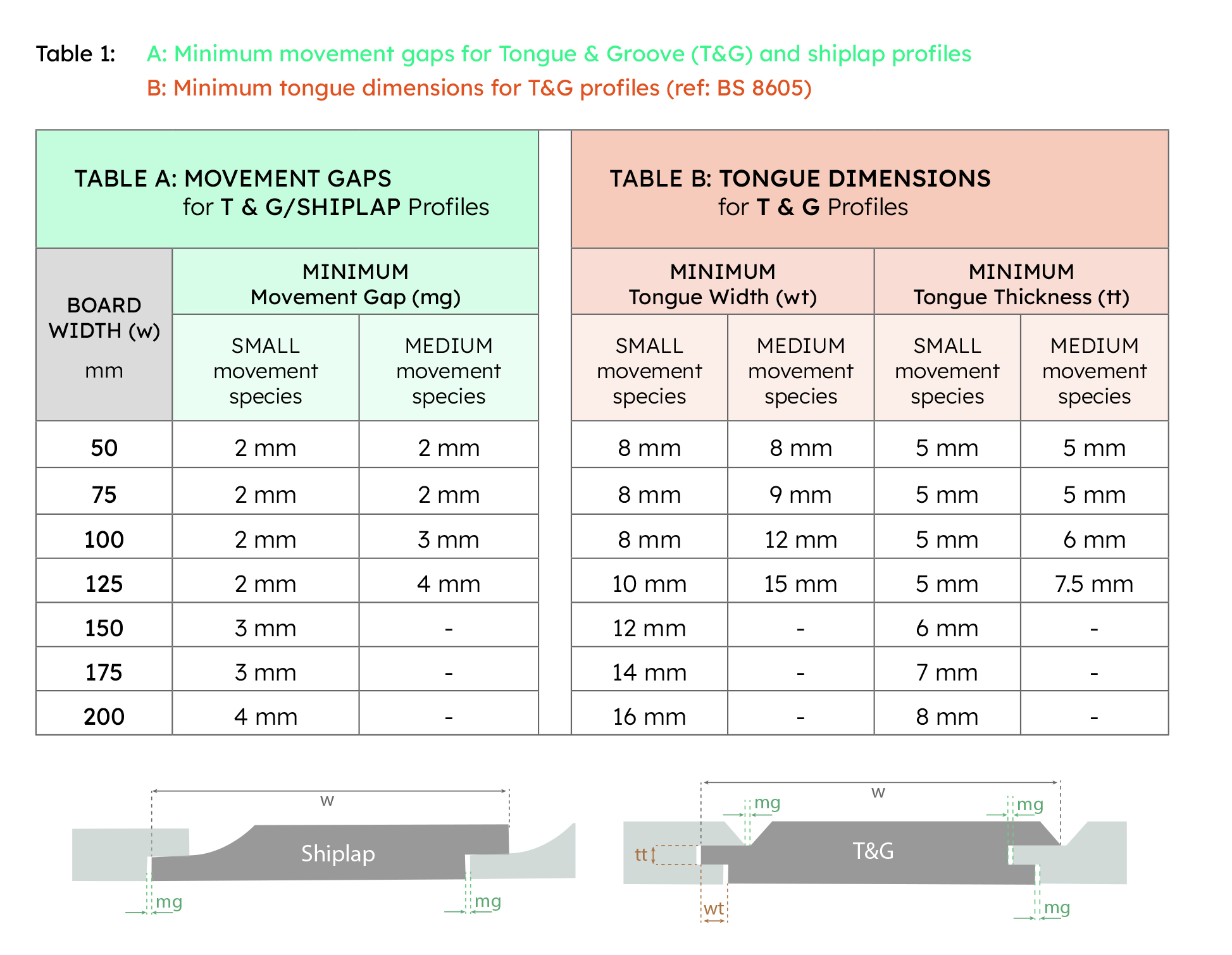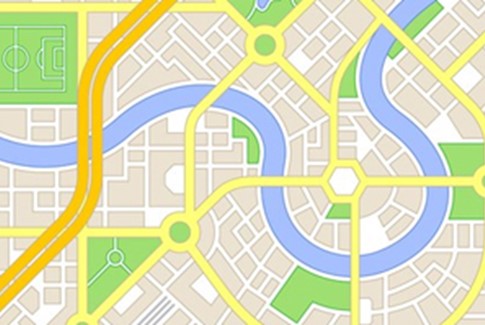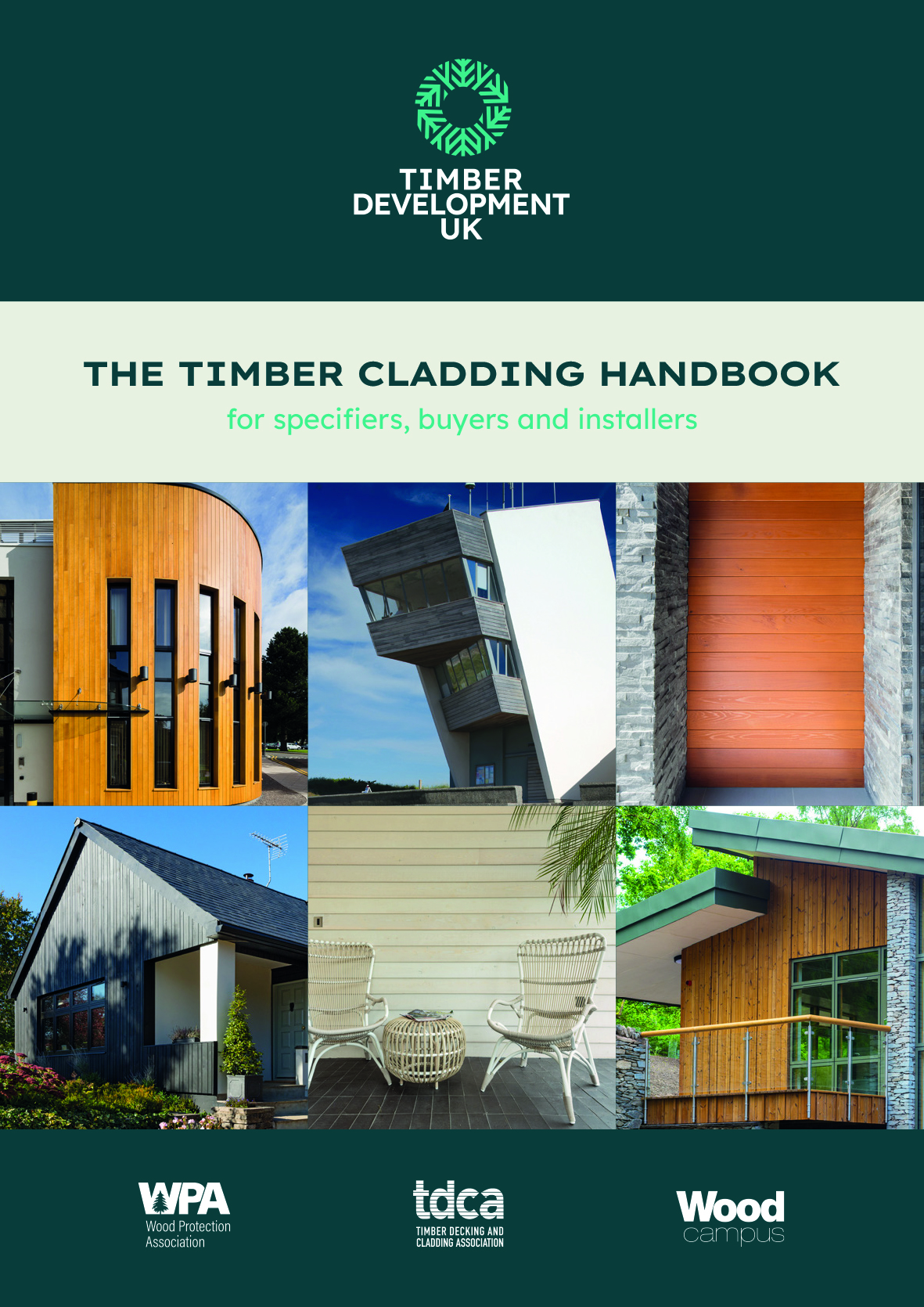Our Timber Cladding Handbook is FREE and details movement classifications and installation advice. Alternatively, if you are an architect, specifier, installer or cladding manufacturer, you can purchase BSI Standard BS 8605 with a 15% discount from us.
Does your timber cladding measure up?
Monday, October 23, 2023
The TDCA is frequently called out to inspect instances of cladding failures due to wrongly sized board profiles (see photo). The industry and the consumer need to be aware that there are specific requirements for cladding used outdoors.
Why size matters
Timber is hygroscopic – it absorbs moisture from the air. Varying levels of moisture in wood cause it to move i.e. expand and contract. This movement occurs across the grain rather than along it, so in terms of cladding boards, it affects width and thickness.
All timber cladding board profiles are specially designed – and dictate how the boards are oriented, influencing the look of a project. But they must also be sized correctly to prevent such movement related issues.
When boards are too wide and /or tongues to small, disengagement is highly likely and the danger is that the cladding will pull away from the wall.
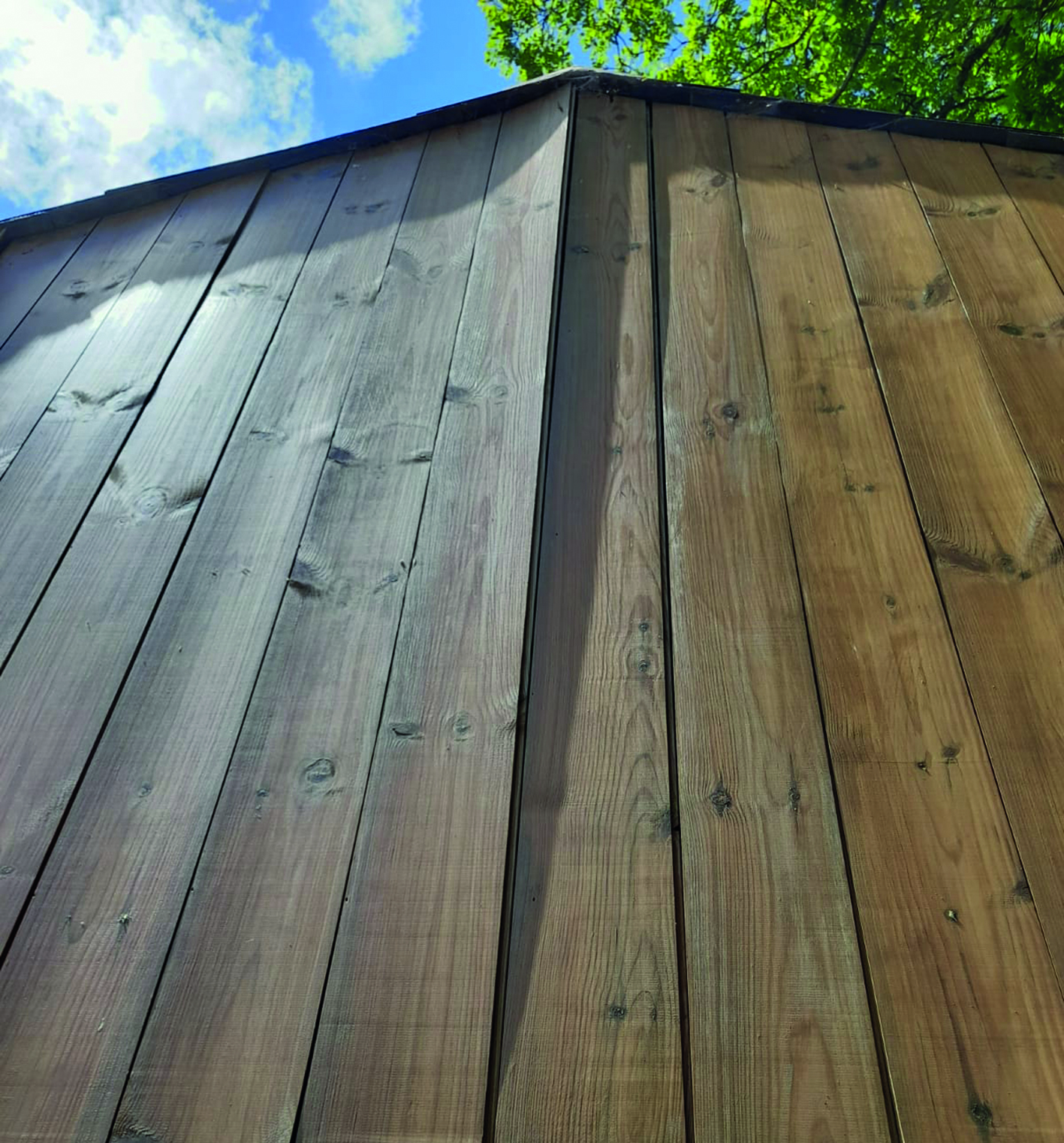
British standard BS8605-1: 2014: External Timber Cladding Part 1: Method of specification
Interlocking profiles such as Tongue & Groove (T&G) can be particularly problematic. To allow for movement the standard gives guidance on board width and thickness dimensions as well as installation movement gaps and limits the width of T&G boards to 125mm (unless ‘very small movement’ timber is used).
The movement that occurs in external use timber is not substantial and is essentially predictable, depending on the movement class the species is assigned to. Incidentally, these values do not change with age.
